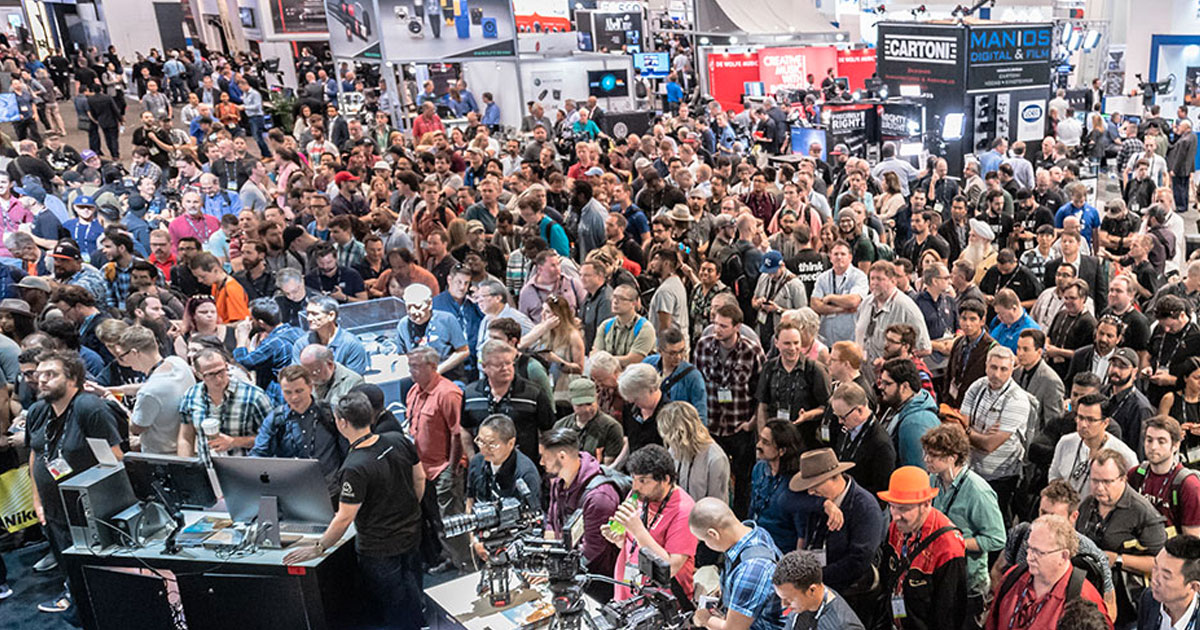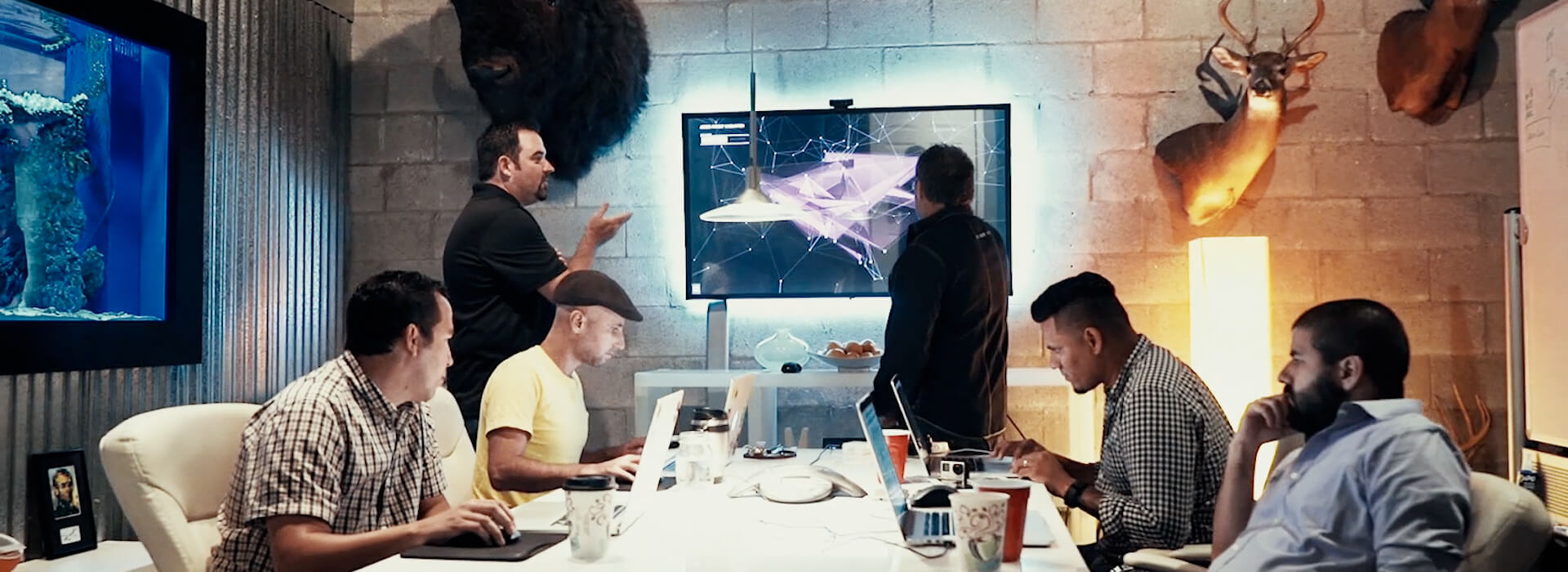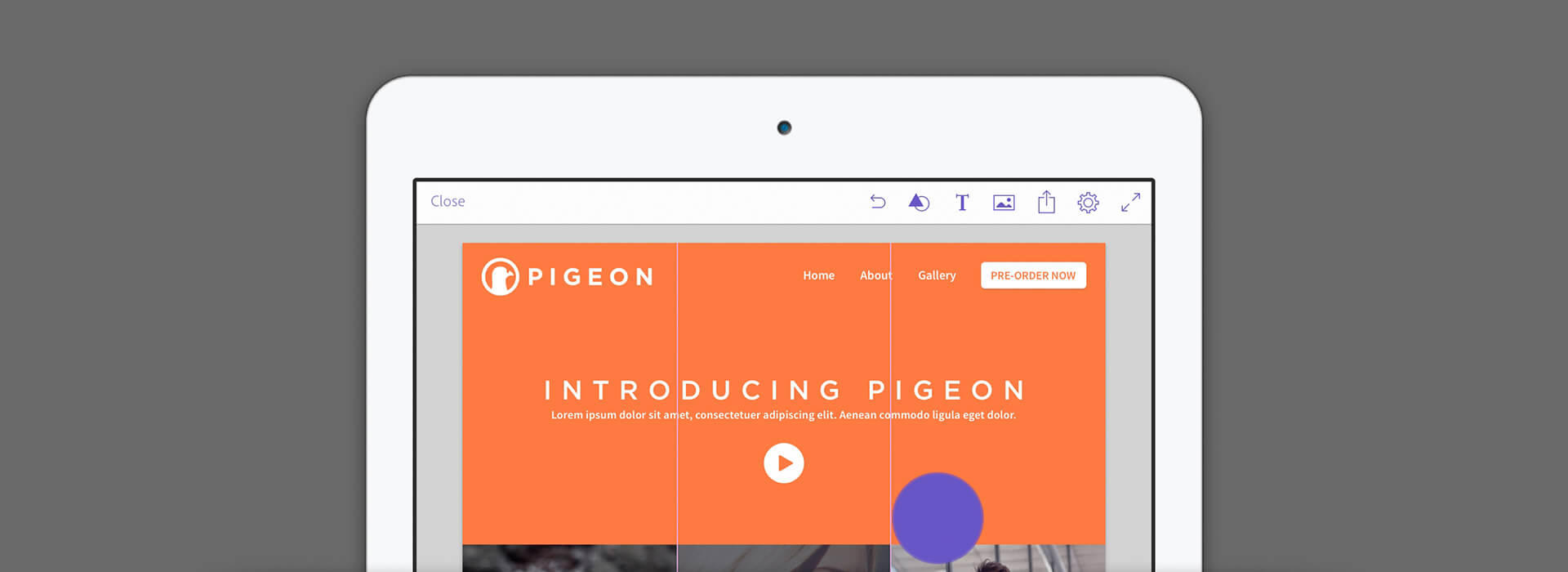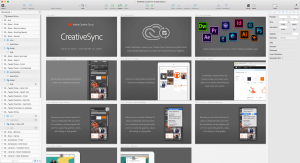HOW WE GOT CHUCKED INTO THE DEEP END WITH ONLY 3 WEEKS TO VIRTUALIZE A 23,000 PERSON DIGITAL MARKETING EVENT.
This is the first in a series of articles, written by Wrecking Ball SVP & General Manager Bob Donlon, on the subject of shaping the future of virtual events and conferences.
In March 2020 the “excrement had hit the air conditioning”. My previous employer, and current client Adobe, announced that due to Covid-19 its annual digital marketing conference — Adobe SUMMIT — had been cancelled. It was to be a 23,000 person live event in Las Vegas and poof it was gone. The next thing we knew, the C-suite announced a decision to pivot the whole thing to an online virtual event, with the 5 of the keynotes and 125 of the breakout sessions that had been planned for the in-person event, and to keep the existing timeframe intact. Meaning my team and I at Wrecking Ball, along with our colleagues within Adobe, had three weeks to launch a virtual event involving six keynotes and a couple hundred breakout sessions when nobody involved was allowed to leave their homes. I could hear people screaming in San Jose which is forty five miles south from here.
In what now feels like the blink of an eye, video gear was sourced and shipped by the Adobe Studio team to the homes of the C-level keynote presenters and those delivering the breakout sessions. Remote sessions were set up to coach them on the technical and performance aspects of recording their content. On-the-fly workflows were developed to facilitate panel discussions (no disrespect to Zoom, but that just wasn’t gonna cut it for this). In parallel, my team took on the design, development, and deployment of a set of new components for the custom-built video publishing platform that we had originally built during the Adobe TV days (and has been in continuous use by the company ever since). We had to integrate everything within a custom front-end being built by a different team, and factor in a complex set of business requirements covering discovery, delivery, analytics, and follow-up.
It was the first event of this magnitude to be pulled off at the onset of the pandemic. We reached hundreds of thousands of unique viewers in the first week alone. People engaged with the content across the board, at a much greater order of magnitude than would’ve been the case in Vegas. KPI’s were blown out of the water. Even though I wish we’d had the time to virtualize other aspects of the conference such as the exhibit floor and socializing/networking (maybe virtual craps tables?) it was a pretty damn good place to start.
This hadn’t been my first rodeo — in 2010 I was asked by the leadership team at Adobe to help create the first virtual event in the company’s history. The task was to present the launch event for Creative Suite 5 on Adobe TV, an online video platform that I had conceived of and built, along with my cohorts at Adobe and a relatively new company called Wrecking Ball (where I work today). This would be the first time in the company’s history that there would be no in-person launch event, as Adobe TV had grown to such an extent that it reached a far greater audience than anything that could be achieved face-to-face.
To be completely honest, there was one more impetus to this endeavor . . . a massive failure that had taken place during a previous in-person launch event in 2009. I had played a role in that one as a keynote presenter — thankfully my own portion went off without a hitch (if it had not, please feel free to visualize my ass being kicked down West Broadway by my boss at the time, seen in the picture below).

Adobe SVP John Loiacono (left) and me (right) delivering part of the keynote at an Adobe Creative Suite launch event in 2009. (image credit: DV Magazine)
Earlier on in the keynote, my colleague Greg Rewis was onstage demonstrating the new version of Dreamweaver when all of a sudden the screens went dark. In front of a live audience of several hundred, as well as lord knows how many others tuning in via a live stream, the whole thing ground to a halt. Greg tried to fill the dead air by cracking jokes and an “unscheduled intermission” was abruptly announced. “Be right back, folks!”
Thirty minutes later the issue was fixed, but by then we had lost most of the webcast audience, and the five hundred or so people in the room were well in to the free hard liquor on offer behind the seating area. To be honest what happened next is somewhat of a blur, but I’m pretty sure when I stepped onto the stage an empty bottle of Jack Daniels came flying at me from the seats.
The point I’m trying to make here is that there were multiple factors behind the decision to pivot the 2010 Creative Suite 5 launch event from live to virtual. For sure, we had built a successful, proven platform — Adobe TV — in which to pull it off. For ABSOLUTELY sure we could no-way have anything resembling a repeat-performance of that unscheduled intermission in 2009 (incidentally, the culprit behind that turned out to be a cable that overloaded and fried somewhere on the A/V side of the house).
The latter was solved by recording the keynotes in advance, which was the easy part as this would involve much more than just a simulated live stream of a pre-recorded keynote. We needed to build awareness and buzz around it, provide an easy means for attendees to register (and thus capture the highly-prized leads coveted by our sales and marketing organization), produce and deliver the event itself, create an instant post-event on-ramp to our vast library of product demos, and provide a quick and easy path for attendees to download trials of and purchase the software.
Remember, this was ten years ago and nothing like this had been done on this scale 100% online before. There were months of research, development, and testing in order to pull together the pieces to make it happen (read a very brief case study here if it interests you). Today we take a lot of this for granted, but at the time it was a landmark event — a major success — we achieved the highest ever amount of revenue booked for Adobe in a single day
So here we are, chucked head-first, right back into the swimming pool of virtual events and conferences. This is on for real. But I tell you what, the timing couldn’t be better — the possibilities in how to transform this space are endless. Every day I’m having conversations with current and potential clients in organizations of all shapes and sizes about this transformation — ideas fly around faster than an empty Jack Daniels bottle sailing towards my head.
There’s one thing we all agree on at this point: there is no “if” anymore, there is only “how”. How do we define success in this space? Where should we “place our bets”?
First we need to understand the motivations of attendees. What do they hope to gain, and what are they willing to sacrifice in terms of time and money to achieve those gains? Upon what basis do they deem a live event a success or failure? In my next article, I’ll dive in to those motivations and success factors . . . until then, please enjoy this very brief “scheduled intermission”.
Thanks for reading! The Wrecking Ball team is always happy to have informed conversations on the topics of virtual events/conferences, video production/platforms, or digital marketing in general.


 1. People Are Essential
1. People Are Essential This scene from Wrecking Ball's video matches the speaker's dialogue
This scene from Wrecking Ball's video matches the speaker's dialogue
 Video (left) vs GIF (right) quality comparison
Video (left) vs GIF (right) quality comparison
 Example of high noise (left) and low noise (right)
Example of high noise (left) and low noise (right)